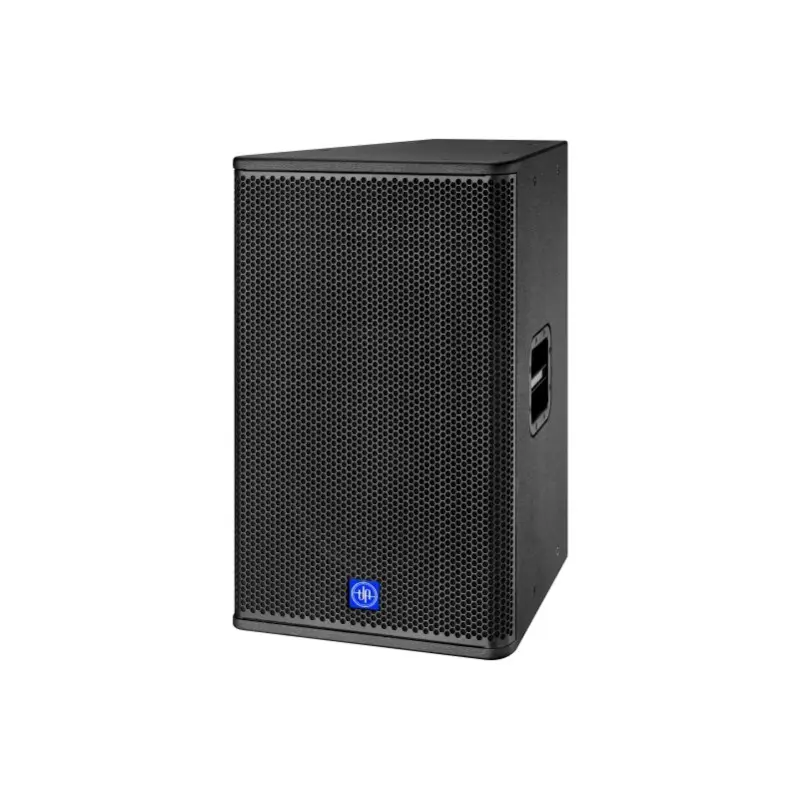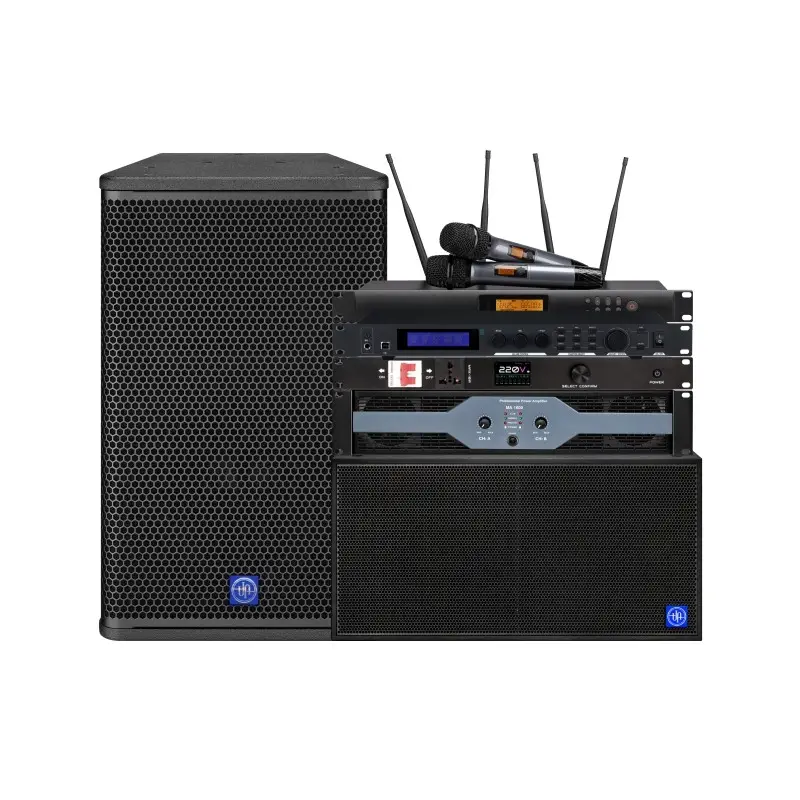Unlocking High-Quality Audio Through Parameter Tuning
Achieving excellent sound quality isn’t always about upgrading to the most expensive sound system. Many times, the key lies in fine-tuning your existing equipment. Whether you’re setting up a sound system for a home studio, a public event, or a concert venue, understanding how to debug your system and make strategic adjustments can significantly improve performance. With a clear understanding of how different parameters affect sound output, even an average setup can deliver professional-level audio.
The Role of Equalization in Sound Tuning
Understanding Frequency Bands
Equalization is one of the most powerful tools in a sound system. It allows you to manipulate frequency bands to either boost or cut certain ranges. Low frequencies can add depth and warmth, mid frequencies affect clarity and presence, while high frequencies contribute to brightness and detail. Knowing how to balance these properly ensures your sound system delivers clean and precise audio without distortion or muddiness.
Matching EQ Settings to the Environment
The ideal EQ setup often depends on the environment. For example, outdoor events usually require a different EQ configuration than indoor venues due to factors like open space and wind noise. Learning to read the acoustics of a space and adapt your EQ settings accordingly is essential for optimal sound system performance. Use test tones and real-time spectrum analyzers to make data-driven adjustments.
Gain Structure and Signal Flow
Setting Proper Input and Output Levels
Gain structure is critical to maintaining clean audio in any sound system. If your input levels are too high, it can cause distortion. If they’re too low, the signal may become noisy or unclear. The goal is to achieve unity gain—meaning the signal strength remains consistent through each component of the sound system, from microphone to speaker.
Avoiding Feedback and Clipping
Incorrect gain settings can lead to feedback loops and signal clipping, both of which degrade sound quality. A properly configured sound system minimizes these risks. Use the gain knob and input trim settings carefully, and always monitor signal meters to ensure levels remain within a safe range.
Delay and Time Alignment Adjustments
Synchronizing Multiple Speakers
When using multiple speakers in a large venue or outdoor event, time alignment becomes crucial. A sound system must ensure that sound from all speakers reaches the audience simultaneously to prevent phase cancellation or echo effects. Digital signal processors (DSPs) can help fine-tune these settings.
Adjusting Delay for Monitor Systems
Stage monitors require precise delay settings to help performers hear themselves accurately. Incorrect delay can cause disorientation or off-timing in live performances. Calibrate delay based on the physical distance between the speakers and performers to maintain synchronization.
Microphone and Speaker Placement
Positioning for Optimal Coverage
Even the best sound system can underperform if the microphones and speakers are poorly placed. Microphones should be positioned to capture sound sources directly while minimizing background noise. Speakers should be aimed to cover the intended audience area without creating dead zones or overlaps.
Avoiding Phase Issues
Improper placement can lead to phase interference, where sound waves cancel each other out. This is especially true when multiple microphones or speakers are involved. Test phase alignment using tools like polarity checkers or simple listening tests to make sure your sound system produces full and cohesive audio.
Room Acoustics and Acoustic Treatment
Understanding the Room’s Acoustic Profile
Every room has a unique acoustic signature that can affect sound system performance. Reflective surfaces like glass and concrete can cause unwanted echoes, while absorptive materials like curtains and foam panels help reduce reflections. Conducting a basic room analysis can inform how you tune your system.
Using Acoustic Treatment to Enhance Sound
Strategically placing bass traps, diffusers, and absorbers can greatly improve a room’s acoustics. While not part of the sound system itself, these treatments help ensure the sound that reaches the listener is clear and accurate. Pair acoustic treatment with EQ adjustments for the best results.
The Role of Cables and Connectors
Choosing the Right Cables
Signal quality in a sound system can be compromised by poor-quality cables. Balanced XLR cables are preferred for microphones and long runs due to their noise-reducing properties. Unbalanced cables like RCA are more susceptible to interference, especially in high-power applications.
Maintaining Clean Connections
Dusty or corroded connectors can introduce crackling or signal loss into a sound system. Regularly inspect and clean all cable ends and ports. Use contact cleaner when necessary and replace damaged cables promptly.

Leveraging Digital Tools and Software
Real-Time Analyzers and EQ Plugins
Modern sound systems often include digital tools that assist in debugging and tuning. Real-time analyzers (RTAs) visually display frequency response, helping identify problematic areas. EQ plugins provide surgical precision for fixing frequency imbalances, making them indispensable in both live and studio environments.
Presets and Scene Memory
Digital mixers and processors often come with scene memory features, allowing you to save and recall different setups. This is especially useful when a sound system is used in multiple configurations. Custom presets can help reduce setup time while maintaining consistency.
Training and Practice for Better Results
Importance of Hands-On Experience
Even the most advanced sound system can be underutilized without operator knowledge. Practice with different settings, experiment with tuning, and review results critically. Over time, these skills become second nature.
Continuous Learning and Updates
Technology in sound systems evolves rapidly. Keeping up with the latest trends, tools, and best practices ensures your system remains efficient and competitive. Participate in workshops, watch tutorials, and follow industry experts to stay informed.
Frequently Asked Questions
What is the first thing to check when debugging a sound system?
Start by checking your cable connections and input/output levels. These are the most common sources of audio issues and should be verified before adjusting any software settings.
How often should I recalibrate my sound system?
Recalibration should occur every time you move the system to a new location or change key components. For permanent installations, quarterly recalibration is recommended.
Can digital tools replace manual tuning?
Digital tools are extremely helpful but should be used in conjunction with trained ears and manual checks. They enhance the tuning process but don’t replace practical experience.
Why is my sound still muddy after EQ adjustments?
Muddy sound can also result from poor speaker placement or acoustic issues in the room. Check for phase alignment problems and consider applying acoustic treatment to improve clarity.
Table of Contents
- Unlocking High-Quality Audio Through Parameter Tuning
- The Role of Equalization in Sound Tuning
- Gain Structure and Signal Flow
- Delay and Time Alignment Adjustments
- Microphone and Speaker Placement
- Room Acoustics and Acoustic Treatment
- The Role of Cables and Connectors
- Leveraging Digital Tools and Software
- Training and Practice for Better Results
- Frequently Asked Questions

